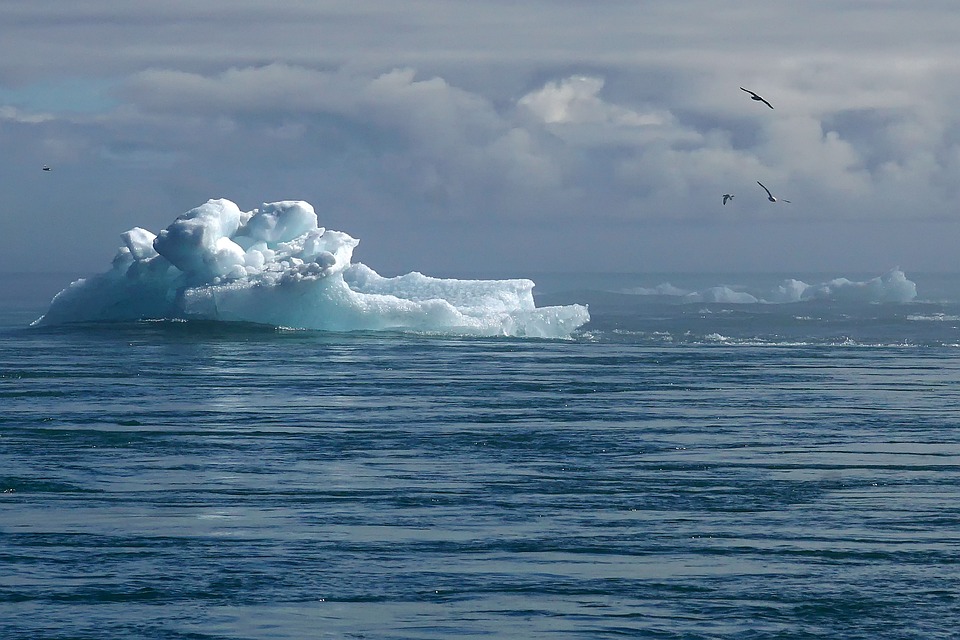How Does Continental Location Affect Climate?
Climate is a complex interplay of various factors, including latitude, elevation, ocean currents, and continental location. Understanding how a place’s distance from oceans and seas (continentality) affects its temperature, precipitation, and seasonal variations is crucial for fields such as agriculture, urban planning, and environmental management.
What Is Continentality?
Definition of Continentality:
Continentality refers to the extent to which a region’s climate is influenced by its distance from large bodies of water. Areas far from oceans tend to experience more extreme climate variations, while coastal regions benefit from moderated climates due to the thermal properties of water.
How Land and Water Differ in Heat Absorption:
– Water’s Heat Retention: Water has a high specific heat capacity, meaning it heats up and cools down slowly. This characteristic allows water bodies to store heat during warmer months and release it during colder months.
– Land’s Rapid Heating and Cooling: In contrast, land heats up and cools down more quickly. This leads to significant temperature fluctuations in continental areas compared to coastal regions.
Temperature Variations: Continental vs. Coastal Climates
Coastal Climates:
– Coastal areas typically enjoy stable temperatures with minimal seasonal variations. For example, cities like San Francisco and London experience mild winters and cool summers due to the moderating effect of nearby oceans.
Continental Climates:
– Inland areas, distant from oceanic influences, face greater temperature extremes. For instance, Moscow and Chicago experience hotter summers and colder winters than coastal cities at similar latitudes.
Seasonal Temperature Ranges:
– Coastal Areas: Exhibit smaller differences between summer and winter temperatures.
– Inland Areas: Show larger seasonal temperature variations due to the absence of oceanic moderation.
Impact of Continentality on Precipitation
More Moisture Near Oceans:
– Coastal regions generally receive higher and more consistent levels of precipitation due to moist air from oceans. For instance, the Pacific Northwest is known for its abundant rainfall throughout the year.
Drier Inland Regions:
– Continental locations often have less precipitation. As moist air moves inland, it loses moisture, resulting in drier conditions. Central Asia (Mongolia) and the Great Plains in the U.S. are examples of areas experiencing semi-arid conditions due to their distance from the sea.
Seasonal and Daily Temperature Extremes in Continental Areas
Hot Summers and Cold Winters:
– Continental regions face more extreme seasonal changes without the ocean’s moderating influence. Siberia exemplifies this with freezing winters and relatively warm summers.
Temperature Fluctuations Within a Single Day:
– These areas can also experience significant daily temperature ranges. For example, deserts like the Sahara or Gobi see drastic drops in temperature after sunset due to rapid land cooling.
Examples of Continental and Coastal Climates
Coastal Examples:
– Western Europe: Despite its northern latitude, Western Europe enjoys a mild climate due to the Gulf Stream.
– Japan: Surrounded by the Pacific Ocean, Japan experiences mild temperatures and abundant rainfall along its coasts.
Continental Examples:
– Russia (Siberia): Known for harsh winters with temperatures dropping as low as -40°F (-40°C) while summers can reach up to 86°F (30°C).
– Interior North America: Cities like Minneapolis and Denver experience cold winters and hot summers due to their distance from oceanic influences.
Geographical Features That Amplify Continentality
Mountain Barriers:
– Mountain ranges can enhance continentality by obstructing moist ocean air. The Rocky Mountains in the U.S. block moisture from the Pacific Ocean, resulting in arid conditions on their leeward side.
Deserts and Semi-Arid Regions:
– Many continental interiors are characterized by deserts or semi-arid regions due to limited moisture availability. The Sahara Desert and Gobi Desert are prime examples of such environments.
Human Adaptation to Continental Climates
Agriculture:
– Farmers in continental climates must adapt to significant seasonal changes, often relying on irrigation due to lower rainfall levels. This is particularly true in regions like the Great Plains and Central Asia.
Urban Planning:
– In areas with extreme temperature variations, infrastructure must be designed for both heat and cold. For instance, homes in cities like Chicago or Moscow are built with heavy insulation for winter and air conditioning for summer.
FAQs
What is continentality, and how does it affect climate?
Continentality refers to how a region’s distance from oceans influences its climate. Continental areas experience more extreme temperature variations than coastal regions.
How does continentality affect temperature?
Continental regions have greater temperature extremes—hotter summers and colder winters—while coastal areas benefit from moderated temperatures due to ocean influence.
Why do coastal areas have more rainfall than continental areas?
Coastal areas receive more moisture from oceans; inland regions are drier as moist air loses humidity when moving away from the sea.
Can mountain ranges influence continental climates?
Yes, mountains can block moist air from reaching inland areas, intensifying continentality effects by creating drier conditions on their leeward sides.
Conclusion
The location of a continent significantly shapes its climate by influencing temperature patterns, precipitation levels, and seasonal variations. Understanding these dynamics is essential for effective agricultural practices, urban development strategies, and environmental management efforts.

Kyle Whyte is a notable scholar and professor at the University of Michigan, holding positions such as the George Willis Pack Professor in the School for Environment and Sustainability and Professor of Philosophy. Specializing in environmental justice, his work critically examines climate policy and Indigenous peoples’ ethics, emphasizing the nexus between cooperative scientific endeavors and Indigenous justice. As an enrolled Citizen Potawatomi Nation member, he brings a vital perspective to his roles as a U.S. Science Envoy and member of the White House Environmental Justice Advisory Council. His influential research is supported by various prestigious organizations including the National Science Foundation, and disseminated through publications in high-impact journals. Kyle actively contributes to global Indigenous research methodologies and education, with affiliations to numerous institutes and societies dedicated to traditional knowledge and sustainability. Recognized for his academic and community engagement, Kyle has earned multiple awards and served in various visiting professorships. His efforts extend to leadership positions on boards and committees focused on environmental justice nationwide.
